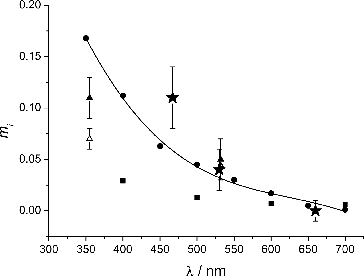Figures & data
TABLE 1 Operating conditions of the CAST burner
TABLE 2 Real (mr) and imaginary (mi) parts of the refractive index of black and organic carbon components of combustion particles
FIG. 2. (a) Elemental carbon to total carbon ratio (error bars indicate one standard deviation), (b) brown carbon to black carbon ratio (error bars indicate one standard deviation), and (c) count median mobility diameter (error bars represent the 25th and the 27th percentiles) plotted as a function of C/O ratio. The dotted curve is taken from the data of Schnaiter et al. (Citation2006). The stoichiometric C/O ratio (C/O = 0.3) is also marked. The stoichiometric ratio separates burner conditions into fuel-lean and fuel-rich conditions.

FIG. 3. Mobility size distributions of particles generated from the CAST burner under different combustion conditions. The legend shows measured EC/TC ratios for these particles.
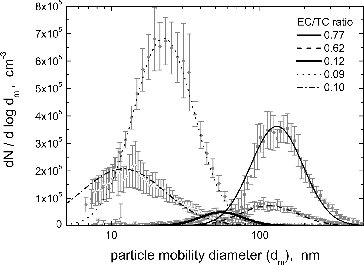
FIG. 4. TEM pictures of combustion particles generated under (a) C/O ratio = 0.22 and (b) C/O ratio = 0.6.
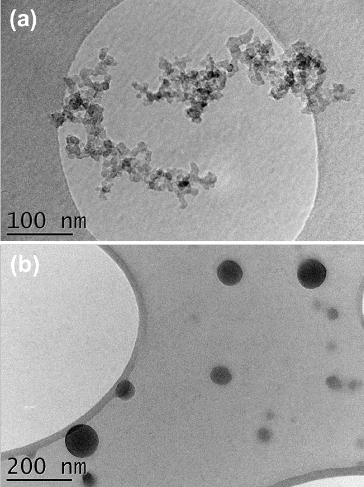
FIG. 5. Contour plots of ∑dev(%) for the 467–530 nm interval in the plane of (a) real and (b) imaginary RI values with the other two RIs fixed to the values shown on each graph. Hollow circles indicate location of the data points.
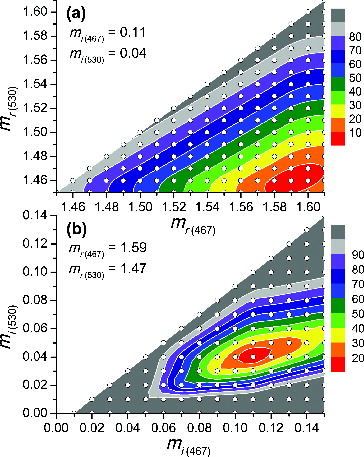
TABLE 3 Results of the sensitivity analysis for particles containing a high EC fraction
FIG. 6. Single scattering albedo (ω) vs. elemental carbon to total carbon ratio for λ = 530 nm. Filled squares: experimental data (with error bars of one standard deviation). Hollow triangles: Mie theory. Hollow circles: RDG theory.
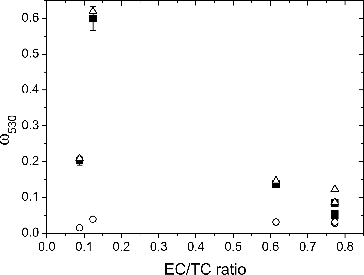
FIG. 7. (a) Absorption (αabs) and (b) scattering (αsca) Ångström exponents plotted as a function of elemental carbon to total carbon ratio for the 467–660 nm interval. Filled squares: experimental data (with error bars of one standard deviation). Hollow triangles: Mie theory. Hollow circles: RDG theory.
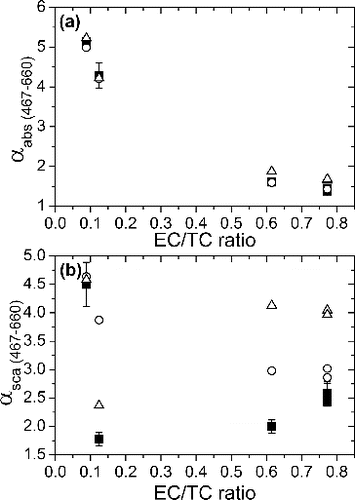
FIG. 8. Imaginary component of the refractive index (mi) for organic carbon as a function of wavelength. Filled circles: Kirchstetter (2004). Filled triangles: organic soluble matter, Adler et al. (Citation2010). Hollow triangles: water soluble matter, Adler (2010). Filled squares: Sato (2003). Filled stars: from this study. The solid line is a polynomial fit through the Kirchstetter data with the equation mi = 1.4304–6.49 × 10−3λ + 1.0126 × 10−5λ2–5.3939 × 10−9λ3.
